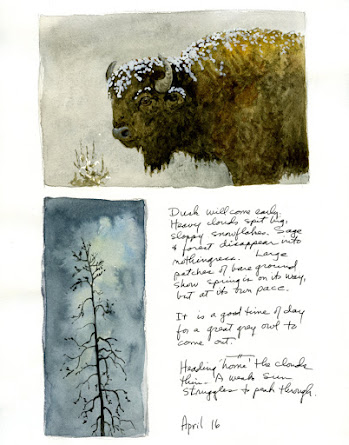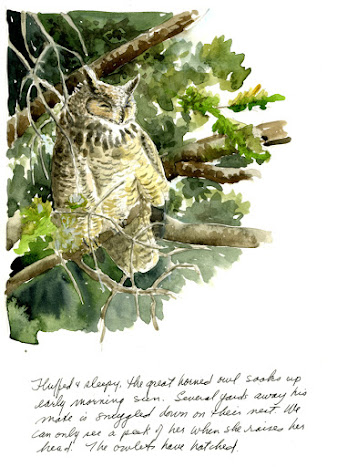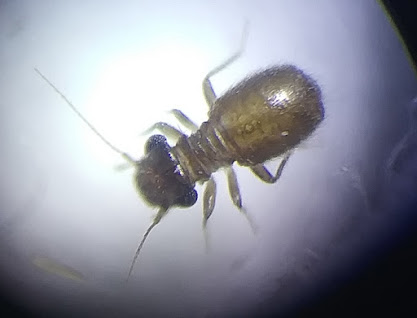I’m having lunch with a slug ... my slug. Maybe I should say, “My pet slug.” Oh dear. I’ve really gone bonkers. Dare I really admit I’m having lunch with a slug?
In case you are wondering: he is not on my plate! Merely in a jar next to me where I can watch --- a dark, dirty lump which has been doing nothing at all for at least 45 minutes. This craziness started nearly a month ago.
While digging in my (future) rock garden I unearthed a strange, pale, firm lump. This slimy pod is about the size and shape of a Brazil nut. It is so strange I brought it into the house to show Dale. We both pondered on what it might be. My biggest clue was the slime which made dirt stick like glue. So I rinsed him off and took a picture. ..... and went to the Oregon Department of Fish and Wildlife website to see if it might be some type of gastropod.
Yes! A slug. The website lists 29 slugs, about half of which are non-native and most of which are hard to tell apart. If my little slug would just stretch out like a proper slug, I would have recognized it as a slug right away, but this one can go into a tight, scaredy-cat mode. He does have one, clearly identifying feature: what looks to be a small shell tight to its body down near the rear end. You can see it in my photo. This little shell gives the slug its name: Earshell Slug, Testacella haliotidea. This is one of the uninvited, nonnative slugs. I read they are seldom seen because they usually are underground and that this slug is a carnivore! I thought all slugs eat organic matter, but a worm is the preferred dinner for him. Since I popped my slug in the jar nearly a month ago, I’ve fed him four worms. I can’t find the worms so I assume he has dined well and I can only find him if I gently stir the two inches of soil I’ve given him.
Today I stirred around and put him on top of the soil – a dirty, Brazil nut shaped lump. I’m hoping, as I sit here watching him, that he will finally stretch out and look like a proper slug. I put a new worm in there too, hoping for some real action, but the worm quickly dug itself into the soil and disappeared.
Watching is sooooo slow. Slower than watching ice cream melt; slower than a five-year-old waiting for Christmas; slower than the last ember going black in a camp fire. I had him next to my computer for a while, then in the kitchen while I made sandwiches, and now, next to me while I eat. I figure he’ll finally relax and dig himself back into the darkness of his soil.
I’m halfway through my sandwich when I start to wonder if I’m seeing movement, or is it my imagination? I’m feel as though nothing is happening and yet it happens. I finally start to see tiny peeks of his pale body under that sticky layer of dirt. He is relaxing just a tad. More watching. Maybe he is no longer on his side. Has he ever so gradually righted himself? Hard to tell because of all the dirt.
I thought my patience would be well rewarded; that I would be able to give a blow by blow description of the slug stretching out and digging in. But all I see feels like my eyes are playing tricks on me. He never stretches out. My black lump ever so gradually eases into the soil, seemingly without ever disturbing the soil. It takes several minutes. Finally he is gone!
.... and I’m chuckling at myself for all the time I spent watching nothing.




















